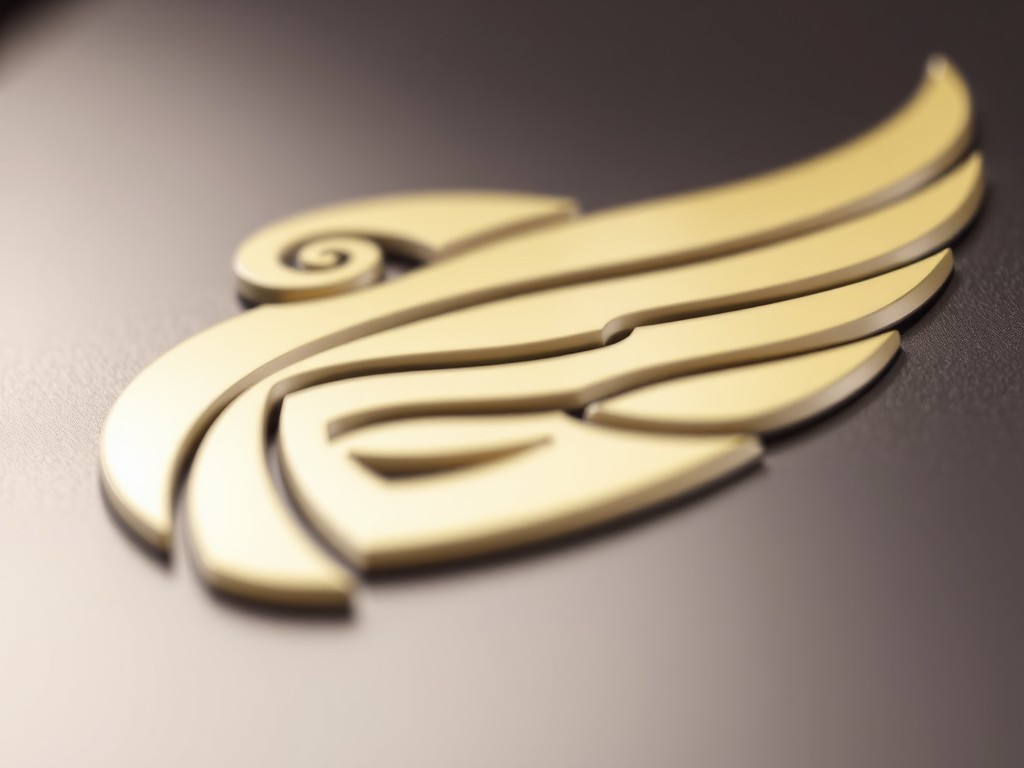Resistance training, a vital component of a balanced workout regimen, often requires careful planning and consideration. The selection of the appropriate load for each exercise, which is a key factor in resistance training, is influenced by several factors, one of which is the type of muscle fiber.
Muscle fibers are divided into two primary types: Type I (slow-twitch) and Type II (fast-twitch). By understanding these two types of muscle fibers and their properties, you can tailor your resistance training load to maximize your fitness outcomes. This article will serve as your comprehensive guide to determining the ideal load for your resistance training based on your muscle fiber type.
Also read : How can ultrasonic muscle stimulation aid in recovery for weightlifters?
Understanding Muscle Fiber Types
Before diving into how muscle fiber types impact resistance training, let’s first understand what these muscle fibers are. In the human body, muscles are composed of thousands of fibers, which contract to produce movement. These fibers are categorized into Type I and Type II, each with distinct characteristics and roles in physical activity.
Type I fibers, also known as slow-twitch fibers, are endurance-oriented. They are responsible for long-duration, low-intensity activities like running or cycling. On the other hand, Type II fibers, or fast-twitch fibers, are recruited for short-duration, high-intensity activities, like sprinting or lifting heavy weights.
Additional reading : How does the application of kinesiology tape affect muscle performance in squats?
How Muscle Fiber Type Affects Your Training Load
The type of muscle fiber predominantly present in your body can greatly influence your resistance training strategy, specifically the load you should use. As a rule of thumb, if you have a higher proportion of Type I fibers, you are likely to benefit more from lower weights and higher repetitions. Conversely, if you possess more Type II fibers, you might be more responsive to heavier weights and fewer repetitions.
This is not to say that one should stick strictly to a certain weight range based on muscle fiber type. The human body is complex, and individual responses to different training loads can vary. However, understanding your muscle fiber composition can provide a starting point and guide you towards a more personalized and effective workout plan.
Identifying Your Predominant Muscle Fiber Type
Identifying your muscle fiber type is a crucial step in customizing your resistance training. Although muscle biopsies are the most accurate method, they are invasive and not practical for most individuals. Fortunately, there are less invasive ways to get an idea of your muscle fiber composition.
Performance in certain physical activities might give indications about your muscle fiber type. For instance, if you excel in endurance-based activities, you might have a higher proportion of Type I fibers. If you are good at high-intensity, explosive activities, you might have more Type II fibers.
Another practical method is the Repetition Maximum (RM) test, where you determine the maximum weight you can lift for a certain number of repetitions. If you can do more than 15 repetitions with the weight, you probably have a dominance of Type I fibers. If you can only lift it for a fewer number of repetitions, you likely have more Type II fibers.
Adjusting Your Training Load According to Muscle Fiber Type
Now that you have an idea about your muscle fiber type, how should you adjust your training load? If your muscles are predominantly composed of Type I fibers, you could benefit from following a high-repetition, low-intensity routine. This could mean performing 15-20 repetitions per set, with a weight that allows you to complete these repetitions with good form.
On the other hand, if you possess a majority of Type II fibers, your resistance training should be oriented towards higher weights and lower repetitions. This could entail lifting heavier weights for about 6-10 repetitions per set.
However, remember that these are not hard and fast rules. It is recommended to experiment with different loads and repetitions, track your progress, and adjust accordingly. Also, irrespective of your muscle fiber type, including a variety of loads and repetition ranges in your training can contribute to a well-rounded fitness profile.
The Role of Nutrition and Recovery in Resistance Training
While understanding your muscle fiber type and adjusting your training load accordingly is crucial, it’s also important to remember the role of nutrition and recovery in resistance training. Adequate nutrition provides the fuel your muscles need for performance and recovery. This includes eating a balanced diet rich in protein, carbohydrates, and healthy fats.
Recovery, on the other hand, is when your muscle fibers repair and grow stronger. This involves getting enough sleep, staying hydrated, and taking rest days as needed. Additionally, techniques such as foam rolling, stretching, and massage can aid in muscle recovery.
In conclusion, the journey towards determining the ideal load for resistance training based on muscle fiber type involves understanding muscle fibers, identifying your fiber type, adjusting your training load accordingly, and not forgetting the role of nutrition and recovery. By considering all these factors, you can make your resistance training more effective and tailored to your unique fitness needs.
Monitoring Your Progress and Adjusting Your Training Load
Keeping track of your progress is an essential part of resistance training. This involves regularly monitoring your strength gains, endurance, body composition, and overall performance. As you progress in your training, you may notice improvements in your ability to lift heavier weights or perform more repetitions.
For those who have a higher proportion of Type I fibers, you may notice gradual improvements in your capacity to perform more repetitions with the same weight or the same number of repetitions with a slightly increased weight. This indicates that your endurance is improving, which is a primary characteristic of Type I fibers.
Meanwhile, those with a greater number of Type II fibers might see notable strength gains, such as being able to lift heavier weights or perform the same weight with more speed. This is due to the nature of Type II fibers, which are designed for high-intensity, short-duration activities.
Remember, though, not to rush the process or push yourself too hard. The body needs time to adapt to the stress induced by resistance training. Increasing the load too quickly can lead to injuries and hinder your progress. It’s better to increase the intensity of your workouts gradually, ensuring that you maintain proper form and technique.
Conclusion: Making Resistance Training Work for You
The journey to determine the optimal load for resistance training based on your muscle fiber type requires patience, observation, and a willingness to experiment. Remember, everyone’s body is unique and may respond differently to various training loads.
By understanding the characteristics of your muscle fiber type, you can develop a resistance training strategy that aligns with your fitness goals. Whether you have predominantly Type I or Type II fibers, the aim is to harness your body’s natural strengths to enhance your fitness level effectively and safely.
However, determining your training load based on muscle fiber type is not a one-size-fits-all approach. It’s a starting point. It’s crucial to listen to your body, monitor your progress, and adjust your training load as needed. Also, remember the importance of a balanced diet and sufficient recovery in achieving your resistance training goals.
In the end, resistance training should be about enhancing your well-being and fitness, not pushing your body to its limits. By making informed decisions about your training load based on your muscle fiber type, you can achieve a sustainable and effective resistance training regimen.
Remember, fitness is not a destination, but a journey. Enjoy each step of your resistance training journey, and celebrate your progress along the way. By doing so, you can make fitness a part of your lifestyle, rather than a chore on your to-do list. The journey toward optimal fitness is a marathon, not a sprint. So, take your time, learn about your body, and most importantly, have fun!











